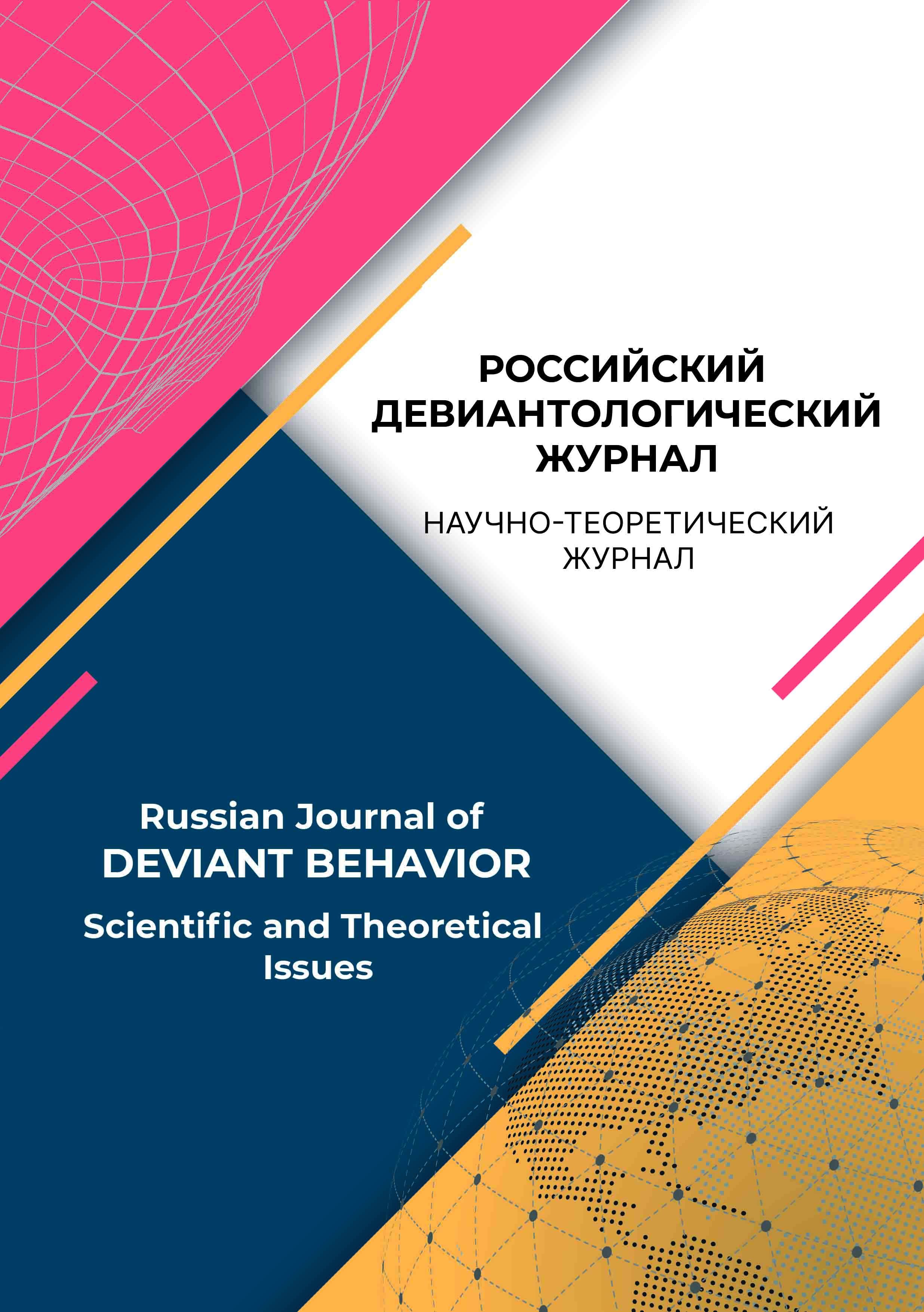UDC 316.722
One of the features of the present time is the increased interest of young people in tattoos on the body. Tattoo is a cultural phenomenon that has a long history since its inception. The problem of the research lies in the fact that at present the youth subculture is considered as a rich source of innovations and discoveries in art, fashion, forms of leisure; as a variant of mass culture, a product of the media industry; as a form of creative activity of young people who do not find acceptance and support from the official culture. The author examines the features of tattoos of modern youth. A youth tattoo is compared with a criminal one. Emphasis is placed on the leading motivation of the tattoo – the need for self-expression. The regularity of the use of words and phrases to express attitudes towards reality and towards oneself is established. Emphasis is placed on similarities with prison tattoos. Foreign tattoos are compared with those that young people prefer to create plots and combined images. This study used the analysis of scientific literature, the formation of an expert questionnaire on the study of tattoo issues, as well as direct questioning of young people aged 18 to 28 years with further analysis of the results.
youth tattoo, tattoo motivation, criminal tattoo, combined images, self-expression
1. Bahadova, E. V. (2021). Psihologicheskie aspekty tatuirovaniya tela u sovremennoj molodezhi. Vestnik RGGU. Seriya: Psihologiya. Pedagogika. Obrazovanie, 4, 96-116. https://doi.org/10.28995/2073-6398-2021-4-96-116
2. Borodina, A. Z. (2020). Tatuirovanie kak znakovaya sistema obshcheniya v molodezhnoj srede. Organizacionnaya psihol¬ingvistika, 3(11), 106-118.
3. Ivanova, L. A. (2021). Populyarnye stili tatu sredi molodyozhi kak odin ih aspektov obucheniya masterov hudozhestvennoj tatuirovki. East European Scientific Journal, 4(68), 26-30. https://doi.org/10.31618/ESSA.2782-1994.2021.6.68.34
4. Ivanova, L. A., Vladimirova, D. D. (2020). Tatuirovka. Psihologicheskij analiz. Gorizonty gumanitarnogo znaniya, 2, 88-101. https://doi.org/10.17805/ggz.2020.2.6
5. Korableva, O. V. (2020). K voprosu ob otnoshenii obshchestvennosti k tatuirovke. Karel’skij nauchnyj zhurnal, 3(32), 85-89. https://doi.org/10.26140/knz4-2020-0903-0020
6. Kubanceva, D. I., Rostovskaya, S. R. (2021). Smyslovoe soderzhanie tatuirovok dlya yunoshej i devushek v vozraste ot 14 do 20 let. Obshchestvo: sociologiya, psihologiya, pedagogika, 8(88), 161-169. https://doi.org/10.24158/spp.2021.8.23
7. Smirnova, M. V., Mar’in, M. I., Kasperovich, Yu. G., Pastuhova, M. V. (2020). Issledovanie lichnostnyh prediktov samopovrezhdayushchego povedeniya v forme telesnyh modifikacij. Psihopedagogika v pravoohranitel’nyh organah, 2(81), 188-196. https://doi.org/10.24411/1999-6241-2020-12010
8. Fedorova, A. A., Zhukova, K. V. (2020). Lichnostnye osobennosti lic yunosheskogo vozrasta, imeyushchih tatuirovki. Tendencii razvitiya nauki i obrazovaniya, 58-9, 49-53. https://doi.org/10.18411/lj-02-2020-192
9. Hambli, U. D. (2014). Istoriya tatuirovki. Znaki na tele: ritualy, verovaniya, tabu. Moskow: Centrpoligraf.
10. Chernysheva, E. V. (2022). Lichnostnaya motivaciya naneseniya tatuirovok v molodezhnoj srede. V Rossijskaya deviantologicheskaya panorama: teoriya i praktika: materialy mezhdunarodnoj nauchno-prakticheskoj konferencii (30 sentyabrya 2022 goda, Sankt-Peterburg, str. 123-126). Saint Petersburg: Sankt-Peterburgskij universitet Ministerstva vnutrennih del Rossijskoj Federacii.














